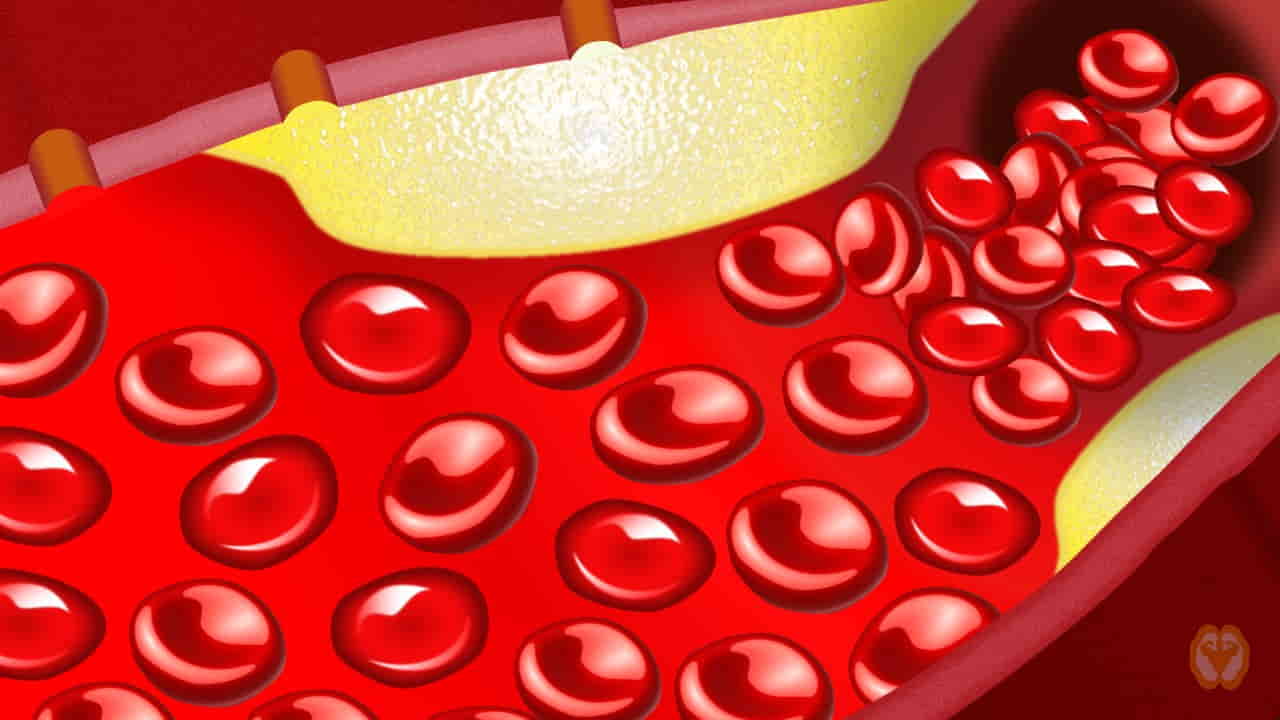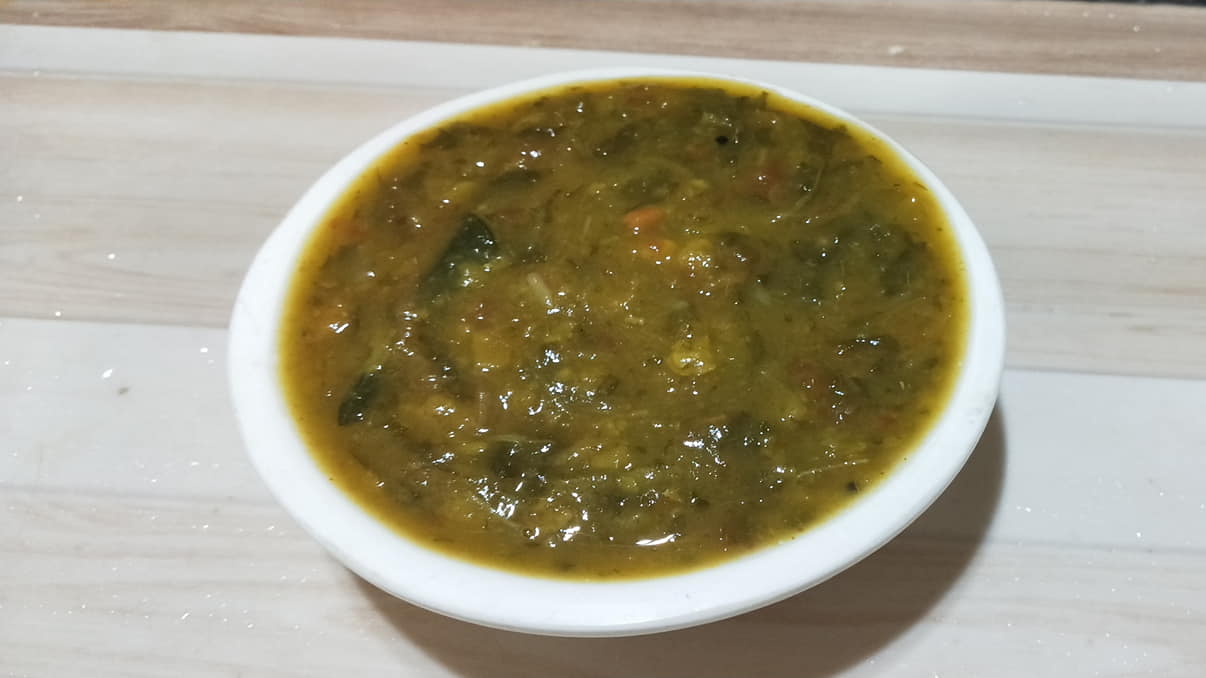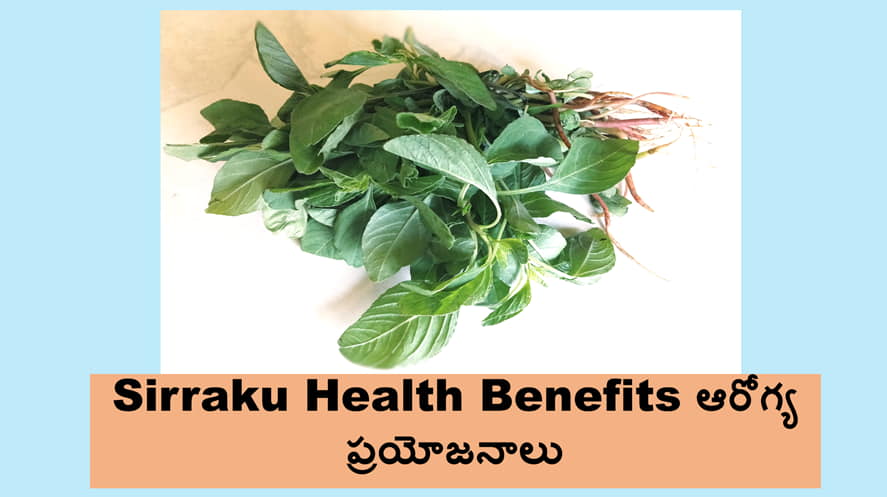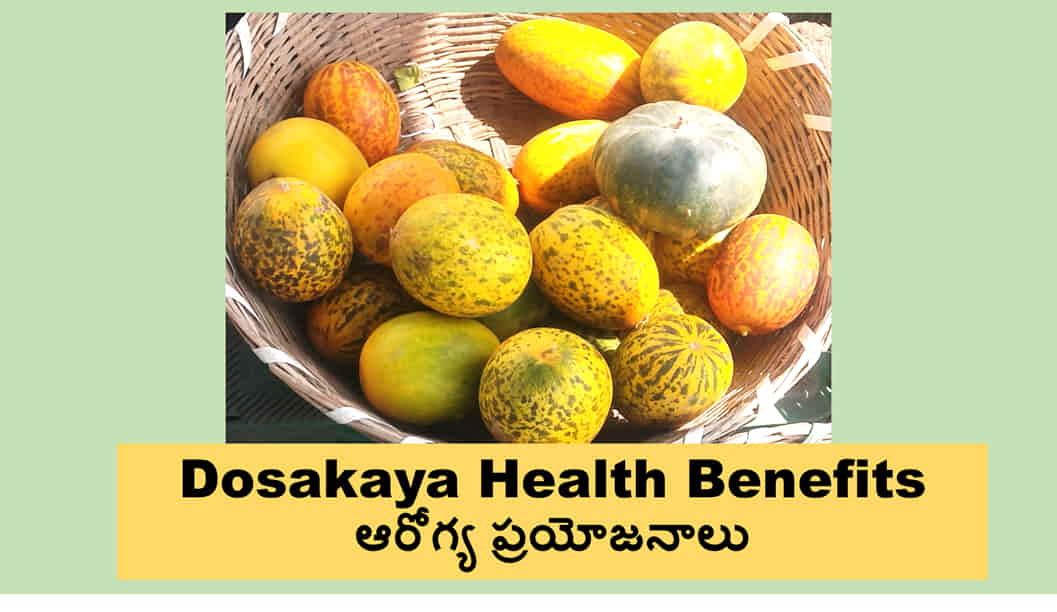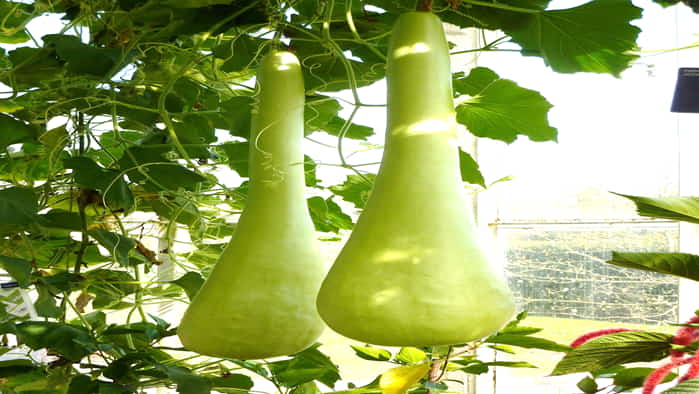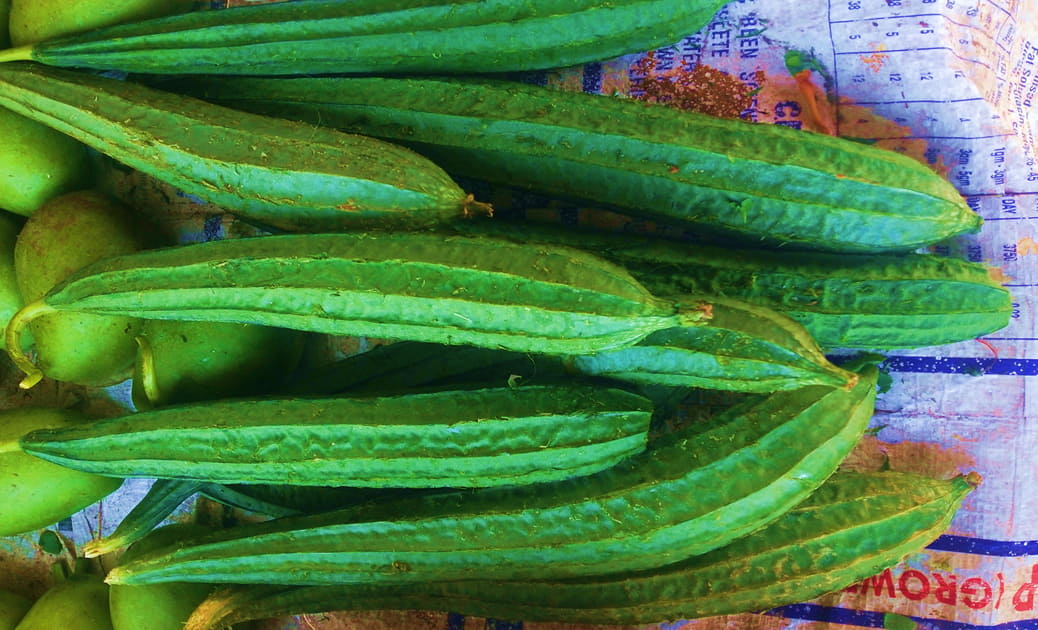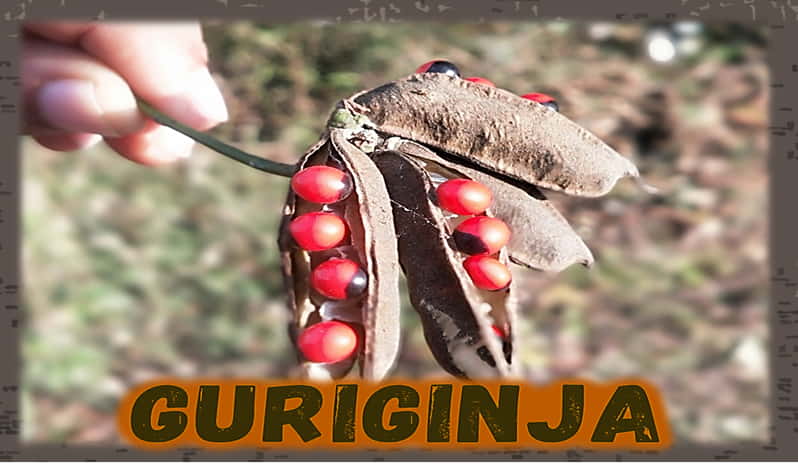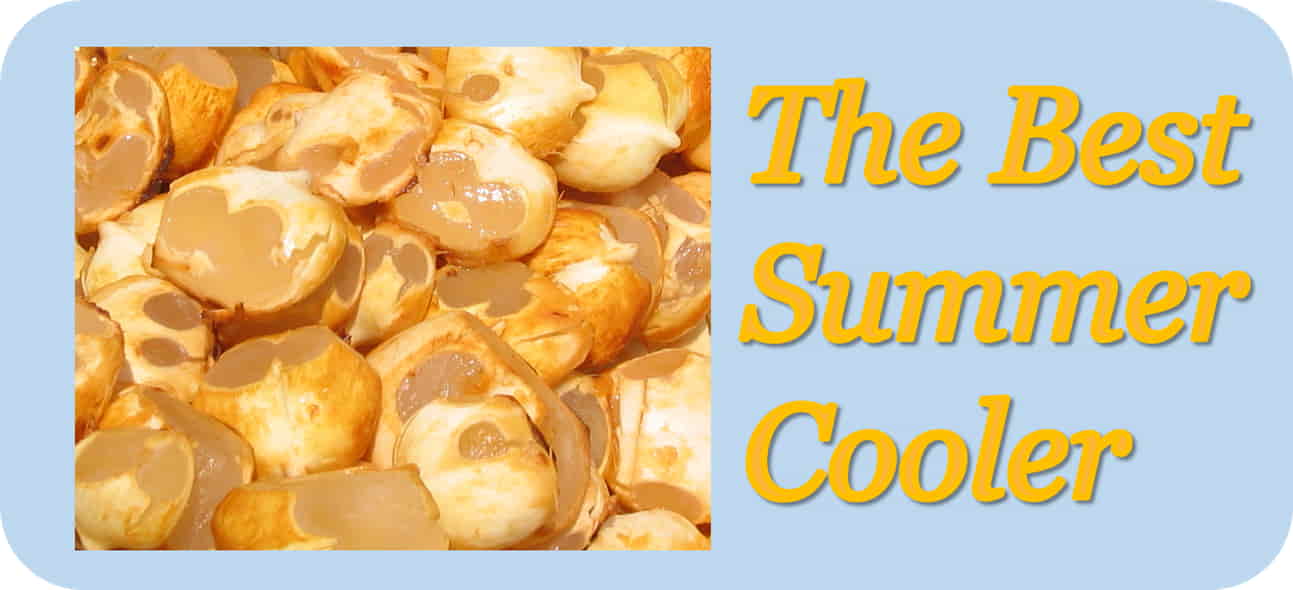కోడో మిల్లెట్ (Kodo Millet) లేదా కోడా మిల్లెట్ (Koda Millet) అనేది వార్షిక ధాన్యం, ఇది ప్రధానంగా భారతదేశం, నేపాల్లో, ఫిలిప్పీన్స్, ఇండోనేషియా, వియత్నాం, థాయిలాండ్ మరియు పశ్చిమ ఆఫ్రికాలో ఎక్కువగా పండించబడుతుంది. వీటికి మన పెద్దల కాలంలో గిరాకీ బాగా ఉండేది. రాను రాను దీనికి డిమాండ్ తగ్గడం తో చాలామంది రైతులు దీనిని పండించడం తగ్గించేశారు. కానీ ఇప్పుడు చాల ఆరోగ్య సమస్యలు మనుషులలో తలెత్తడం తో వాటియొక్క అవసరం బాగా పెరుతున్నందున మరియు వాటికి గిరాకీ బాగా పెరగడం తో చాలామంది రైతులు వాటి సాగుకోసం ముందడుగు వేస్తున్నారు. ఈ విత్తనాలకు ఆరోగ్యసమస్యలను నిర్ములించే గుణం ఉండడానికి కారణాలు మరియు వీటిని తెలుగులో ఏమని పిలుస్తారో మనం ఈ అనే ఈ “Kodo Millet in Telugu” పోస్టులో చదివి తెలుసుకుందాం.
Kodo Millet in Telugu
Koda Millets ని అన్నం వండుకుని తింటారు, జావా కాచుకుని తాగుతారు, మరియు వీటిని ఎండబెట్టి బాగా పిండి చేసి రొట్టెలు లేదా వడలు చేసుకుని తింటారు. ఇంతకీ వీటిని తెలుగు లో ఏమంటారో మరియు వాటిని శాస్త్రీయ పరంగా ప్రయోగాలు చేసి కనుగొన్న ఆరోగ్యకరమైన ఉపయోగాలు, వాటి పోషక విలువలను కింద ఉన్న సమాచారాన్ని బట్టి తెలుసుకోండి.
- Kodo or Koda Millets ని తెలుగు లో అరికెలు (Arikelu) or అరిక ధాన్యాలు (Arika dhanyalu) అని పిలుస్తారు.
- తమిళనాడు కి దగ్గరగా ఉన్న కొన్ని తెలుగు ప్రాంతాలలో వీటిని వరగులు (Varagulu) లేదా వరగు గింజలు (Varagu ginjalu) అని అంటారు.
- కర్ణాటక కి దగ్గరగా ఉన్న కొన్ని తెలుగు ప్రాంతాలలో వీటిని హారకలు (Harakalu) లేదా హారక విత్తనాలు (Haraka vithanalu) అని పిలుస్తారు.
Buy Jeeni millet health mix on Amazon
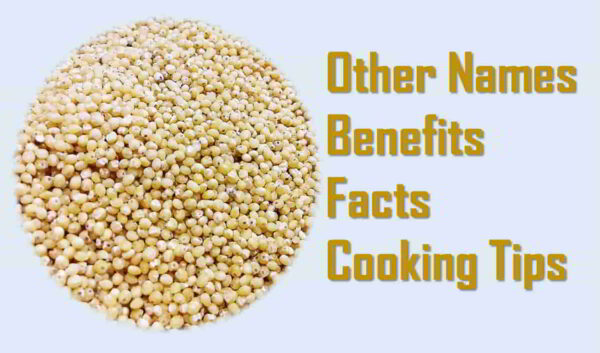
Buy Five Millets Combo Packs for Preparing Health Mix
Benefits of Kodo millet in Telugu
వీటిని ఒక సాంప్రదాయ ఆహార పదార్థంగా భావిస్తారు, ఇవి బియ్యంతో సమానంగా ఉంటాయి మరియు బరువు తగ్గడంలో చాల దోహద పడుతాయి.
అరికెల తిన్నవారు జీర్ణక్రియను మెరుగు పరుచుకోగలరు ఎందుకంటే ఇవి తేలికగా జీర్ణమవుతాయి మరియు వివిధ రకాల వ్యాధులను నివారించడంలో సహాయపడే సహజ రసాయనాలను మరియు యాంటీఆక్సిడెంట్లు సమృద్ధిగా కలిగి ఉంటాయి.
ఇందులో అధికంగా పీచు పదార్థం ఉండటం వలన దీనిని క్రమం తప్పకుండ ఆహారంగా భుజించే వారిలో జీర్ణక్రియ బాగా జరిగి, మలబద్దకం సమస్యల నుంచి ఉపశమనం కలిగిస్తుంది.
అరికెలతో చేయబడిన ఆహారపదార్ధాలు కొంచెం తిన్నా మనకు పూర్తిగా కడుపునిండిన అనుభూతిని కలిగిస్తాయి కనుక, వీటిని ప్రతి రోజు ఆహారంగా ఎంచుకోవడం ద్వారా… అతిగా తినడాన్ని నివారిస్తుంది, తద్వారా ఆరోగ్యకరమైన బరువును మనం త్వరగా చేరుకోవడంలో ఇవి సహాయపడుతాయి.
జుట్టు పెరుగుదలకు అవసరమైన ప్రోటీన్ ఈ విత్తనాలు అధిక మోతాదులో అందిస్తాయి, ఇది మృదుత్వాన్ని మరియు మెరుపును జుట్టు జోడించడం ద్వారా జుట్టు యొక్క ఆకృతిని మరియు అలంకారాన్ని కూడా పెంచుతుంది.
ఈ విత్తనాలు అధిక మొత్తంలో లెసిథిన్ అనే రసాయనాన్ని కలిగి ఉన్నందున ఇవి మన నాడీ వ్యవస్థను బలోపేతం చేయడానికి బాగా తోడ్పడుతాయి.
ఇందులో అధికంగా లభించే లెసిథిన్ మన శరీరం లో కొలెస్ట్రాల్ను తగ్గిస్తుంది, జీర్ణక్రియను మెరుగుపరచడంలో సహాయపడుతుంది, చర్మాన్ని మృదువుగా మరియు తేమగా మారుస్తుంది.
అరికెల ద్వారా B విటమిన్లు, ముఖ్యంగా పైరిడాక్సిన్, నియాసిన్, మరియు ఫోలిక్ యాసిడ్, అలాగే ఖనిజ లవణాలు ముఖ్యంగా పొటాషియం, కాల్షియం, ఐరన్, మెగ్నీషియం మరియు జింక్ వంటివి పుష్కలంగా లభిస్తాయి.
అరికెల లో చాల తక్కువగా గ్లూటెన్ అనే రసాయన పదార్థం ఉంటుంది, కావున ఇది గ్లూటెన్ పడని వాళ్లకు ఇది మంచి ఆహరంగా భావించవచ్చు.
అధిక కొలెస్ట్రాల్ మరియు అధిక రక్తపోటు వంటి గుండె సంబందిత వ్యాధుల లక్షణాలతో బాధపడుతున్న వారికి మరియు రుతుక్రమం ఆగిపోయిన స్త్రీలకు అరికెల యొక్క ఆహారం క్రమం తప్పకుండా తీసుకుంటే మంచి ఫలితాలను ఇస్తాయి.
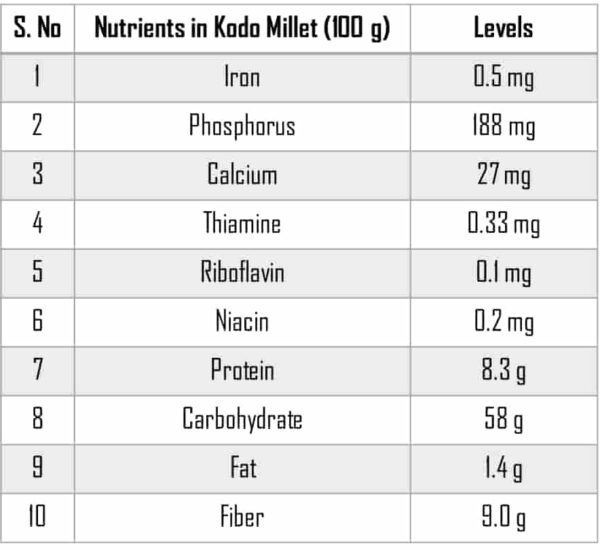
Buy Jeeni millet health mix on Amazon
Facts about Kodo millet
కోడో మిల్లెట్ ను భారతదేశం యొక్క దేశీయ తృణధాన్యాలలో ఒకటి గా పేర్కొన్నారు. ఇవి ప్రస్తుతము తమిళనాడులో, కర్ణాటక లో, ఆంధ్రప్రదేశ్ లో, ఉత్తరప్రదేశ్లో, మరియు కేరళ లో ఎక్కువగా పండిస్తున్నారు.
మనకు బియ్యం మరియు గోధుమల లో దొరికే పోషకాలు కన్నా వీటిలో అదనం గా మన శరీరానికి కావలిసిన అన్ని పోషకాలు దొరుకుతాయి. అందుకని దీనిని అత్యంత పోషకమైన ధాన్యం గా భావిస్తారు.
ఈ ధాన్యాలు అధిక ప్రోటీన్ ను (10 – 12%), తక్కువ కొవ్వు పదార్దాన్ని (3 – 4%) మరియు చాలా ఎక్కువ పీచు పదార్థాన్ని (13 -15%) కలిగి ఉంటాయి.
Kodo Millet Cooking Tips
అరికెల ద్వారా సాంప్రదాయ పరమైన వంటలు లేదా కొత్తరకాల పిండిపదారాధలను తాయారు చేయవచ్చు. ప్రాసెస్ చేయని లేదా ప్రాసెస్ చేయబడిన ధాన్యాన్ని పూర్తిగా అన్నం రూపంలో వండుకుని తినవచ్చు. వీటిని చైనా చిన్న నూకాలుగా చేసి సంగటి కూడా చేసుకోవచ్చు. పిండి రూపంలో చేసుకుని పిండిపదారాధలను చేసుకోవడానికి బియ్యపు పిండి బదులుగా దీనిని వాడవచ్చు.
ఇడ్లీ, దోస, చపాతీ, పొంగలి, వడగం, పాపడ్, కిచ్డీ, జావా, గంజి, వడలు, పాయసం, రొట్టెలు, నూడుల్స్, పకోడి, మురుకులు, హల్వా, కేసరి, ఖీర్, రోటి, ఉప్మా, మొదలైన అనేక రకాల వంటకాలను కూడా వండుకోవచ్చు. రుచి మరియు ఆకృతి పరంగా అన్నంతో సమానం గా ఉన్నందున, అనేక రకాల వంటకాలకు ఇది బియ్యాన్ని సులభంగా భర్తీ చేయగలదు.
వీటితో చేసుకొనే కొన్ని రకాల వంటలు ఈ లింక్ లో ఇవ్వబడ్డాయి చూసి చేసుకొని తిని బాగున్నాయో లేదో కామెంట్ చేయండి.
Kodo millet uses in English
The protein needed for hair growth is provided and supported by these millets, which also enhance the texture and appearance of hair by adding shine or luster.
Kodo millet contains lecithin, which lowers cholesterol, aids in better digestion, soothes and moisturizes the skin, and also helps to improve blood circulation.
In addition to being high in minerals like potassium, calcium, iron, magnesium, and zinc, Kodo millet is also high in B vitamins like pyridoxine, niacin, and folic acid.
This millet is suitable for those who cannot eat gluten because it contains very little of the protein.
I hope you find the appropriate information that you are looking for in this post. If you need to read other articles that are popular in search are given below.
